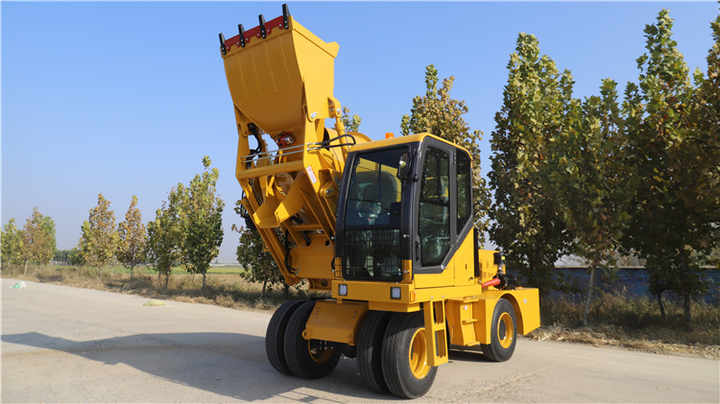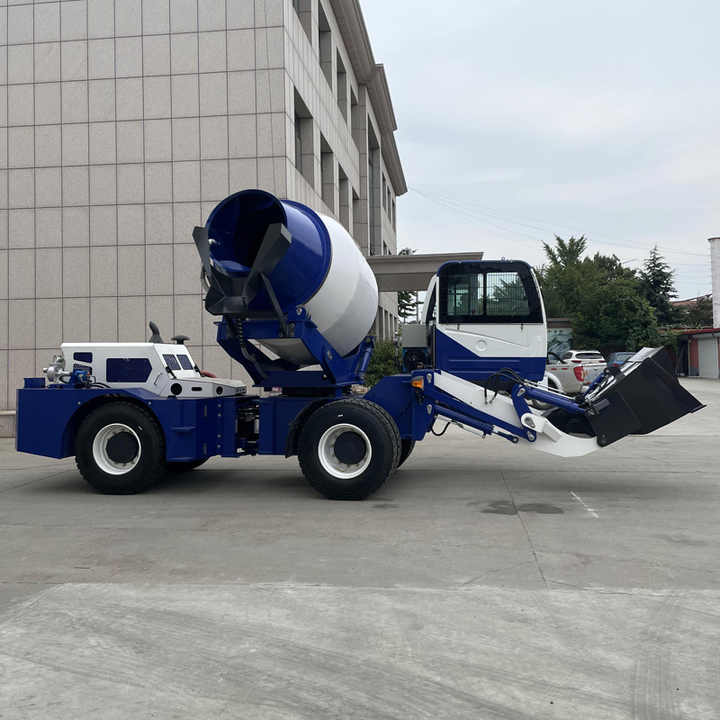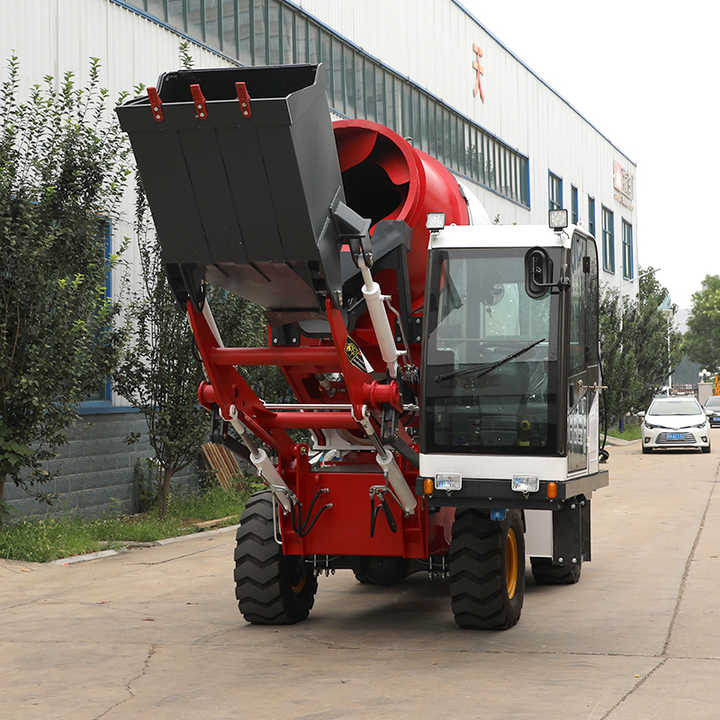Whatsapp: 8613978656878
Email: admin@slojx.com
The 2025 Guide to Common Types of Concrete Pumps Zoom GlobalMech Corp Equipment Overview
Views :
Update time : 2025-10-18
Zoom GlobalMech Corp Equipment Overview
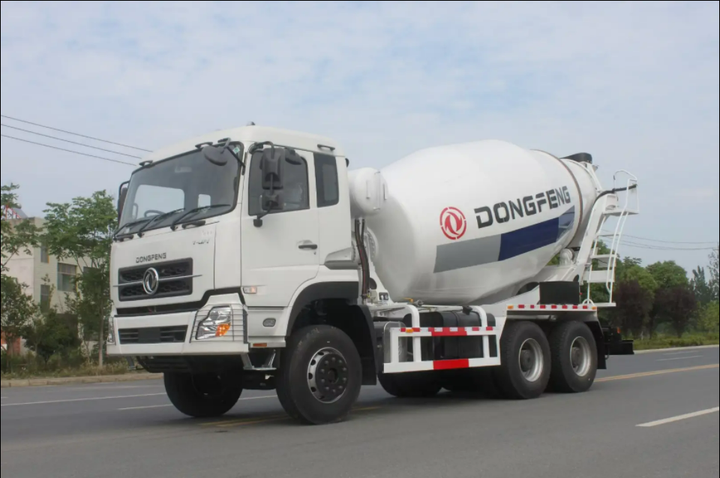
Whether you are placing a basement floor or pumping 50 MPa shotcrete 300 m up a high-rise core, the first question is always the same: “Which style of concrete pump fits the job?” Zoom GlobalMech Corp currently produces four major families of pumps, each engineered for distinct pour lengths, aggregate blends and site access conditions. Below is a concise field guide to the most common types you will encounter on modern building sites, plus the performance sweet spot that justifies choosing one over another.
1. Trailer-Mounted Static Concrete Pump
Often called a “line pump,” this is the workhorse of municipal slabs, bridge decks and any pour within 400 m of the machine. A separate pipeline—usually 125 mm or 150 mm diameter—is laid on the ground or hung from scaffolding. Zoom GlobalMech Corp models range from 30 m³/h (S-valve) to 90 m³/h (gate-valve) and can operate on 380 V electric or 129 kW diesel. The low acquisition cost and minimal footprint make them the default choice for ready-mix suppliers who need to service dozens of small contractors each month.
2. Truck-Mounted Boom Pump
When vertical reach exceeds 25 m, a placing boom becomes faster and safer than dragging hose. Boom pumps integrate a multi-section articulating arm (ranging 21 m to 65 m) mounted on a 3-, 4- or 5-axle chassis. Zoom GlobalMech Corp’s 38Z five-section boom folds into a Z-configuration that needs only 6.2 m ceiling clearance inside parking structures, yet still delivers 160 m³/h at 85 bar. Outrigger spreads vary from 4.2 m “narrow” mode to full 7.8 m stability; always check city street width before specifying the model.
3. Separate Placing Boom (SPB)
For super-tower cores where a single truck boom cannot cover the entire footprint, contractors mount a freestanding placing boom on the climbing formwork. The static pump below feeds concrete through a vertical delivery line to the SPB, which then distributes via its own 28 m to 36 m radius boom. Zoom GlobalMech Corp SPBs can be ballasted on a cross-frame base or anchored to wall collars every 12 m. Because the boom rotates 360°, one unit can replace three crawler cranes that would otherwise hang flexible hoses, cutting labor by 40 %.
4. Truck-Mixer Concrete Pump (Combo Unit)
Popular in Europe and now gaining ground in North America, the combo unit mounts a 6 m³ drum and a 50 m³/h pump on the same 8×4 chassis. The attraction is simple: one driver, one vehicle, one license plate. The compromise is capacity; you will cycle to the batch plant more often. Zoom GlobalMech Corp combos use a transfer tube S-valve that swings 180°, allowing the drum to charge the hopper in 45 seconds—fast enough to keep continuous pour on floors up to 1 500 m² without cold joints.
5. Specialized High-Pressure Pump (HPP)
Tunnel back-filling, long-distance oil-pipeline encasement and dam rehabilitation all require pressures above 200 bar. Zoom GlobalMech Corp HPP models feature twin shiftable concrete cylinders 200 mm × 2 100 mm, driven by closed-loop hydraulics that maintain ±2 bar accuracy. A 16° tilting hopper reduces suction resistance, while automatic grease injection every third stroke extends seal life to 30 000 m³ even with 10 % silica-fume mixes.
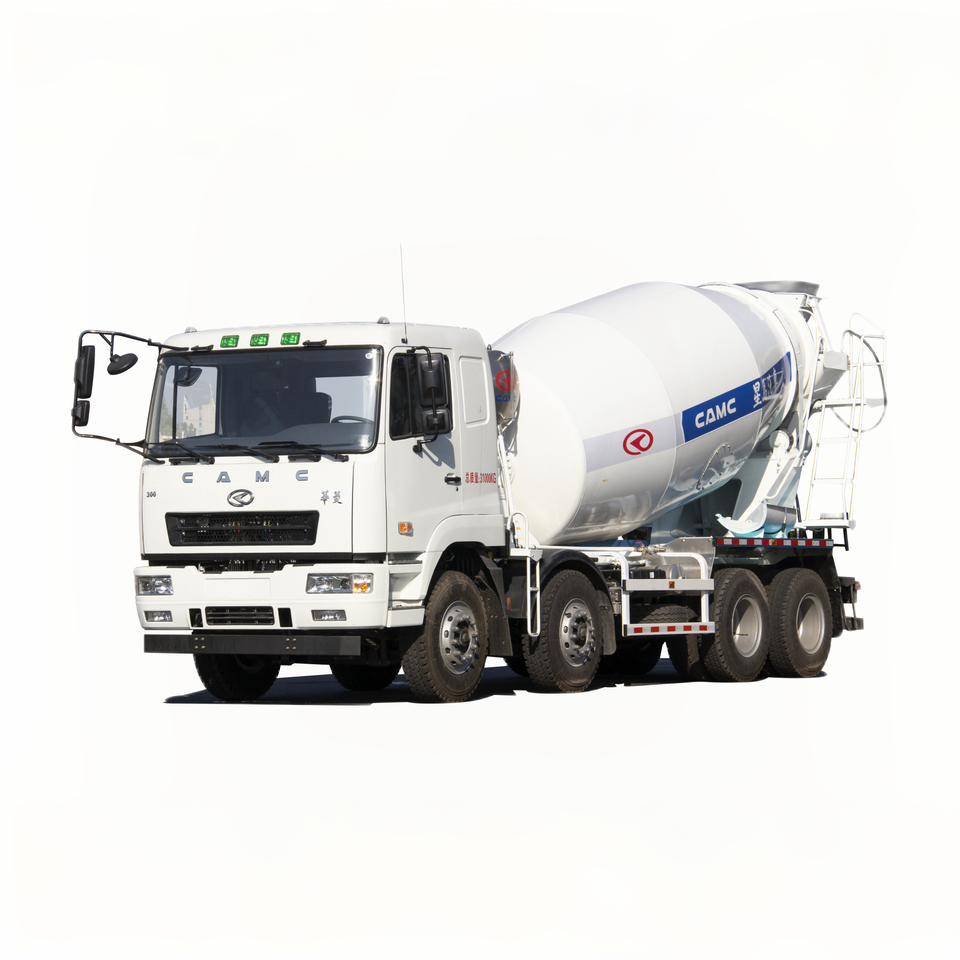
6. Mini Line Pump (Skid or Rail)
Indoor renovations, swimming pools and confined basements demand a pump that can fit through a 0.9 m doorway. Zoom GlobalMech Corp’s 15 m³/h mini unit weighs only 1 450 kg and can be lifted by a small telehandler. Despite the size, it still houses an S-valve and 18 kW electric motor, giving 60 bar pressure—enough to push pea-gravel concrete 120 m horizontally or 30 m vertically through a 75 mm hose.
7. Squeeze (Peristaltic) Pump
Although rare on building sites, squeeze pumps remain the first choice for cellular concrete, bentonite slurry and refractory castables. A rotating roller compresses a rubber tube, creating a vacuum that pulls material in without any valves. Zoom GlobalMech Corp supplies a 25 m³/h model with a natural rubber tube rated for 1 500 hours; replacement takes 15 minutes and requires only a wrench set—ideal for remote mining camps where skilled mechanics are scarce.
8. Choosing the Correct Type—A Quick Matrix
- Horizontal distance < 150 m, vertical < 20 m, frequent relocation: Trailer line pump
- Vertical > 25 m, confined city street: Truck-mounted boom 34 m–43 m
- Core wall climbing form, repetitive pours: Separate placing boom + static pump
- Rural slabs, limited crew, small batches: Truck-mixer combo
- High pressure > 200 bar, distance > 1 km: High-pressure pump
- Indoor, restricted access, low volume: Mini line pump
- Lightweight or cellular mixes: Squeeze pump
Conclusion
No single pump style can be the universal answer; instead, match machine capability to pour geometry, mix design, site access and local emission rules. Zoom GlobalMech Corp manufactures across all eight categories above, so the recommendation you receive is driven by engineering data, not inventory pressure. Specify the right type once, and every cubic metre that follows will move faster, safer and more profitably.
Related News
Read More >>
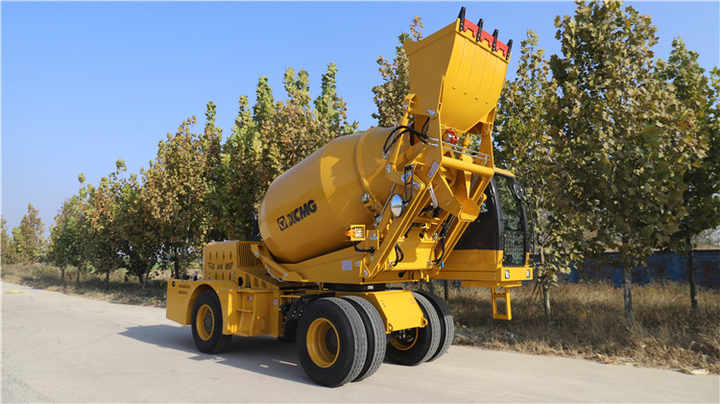 Specifications & Guideline
Specifications & Guideline
11 .09.2025
Specifications & Guidelines for Safe Concrete Pumping Operations

